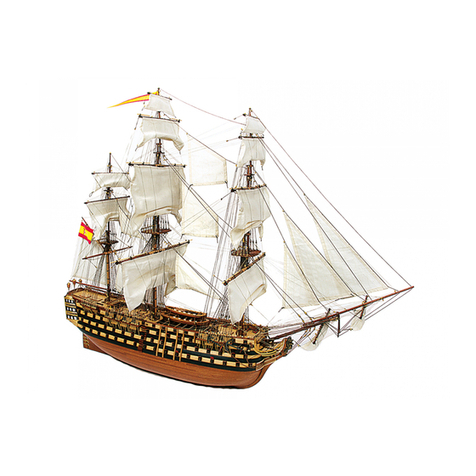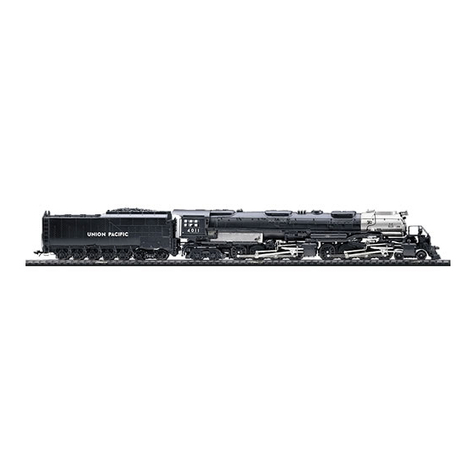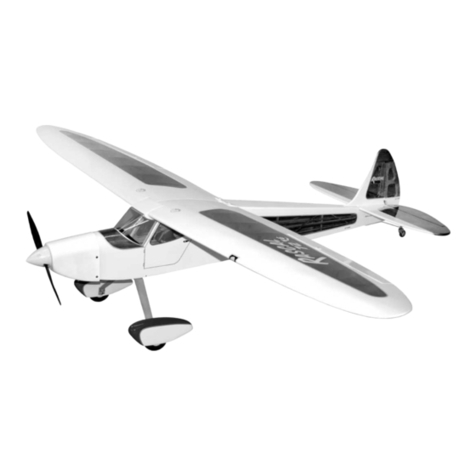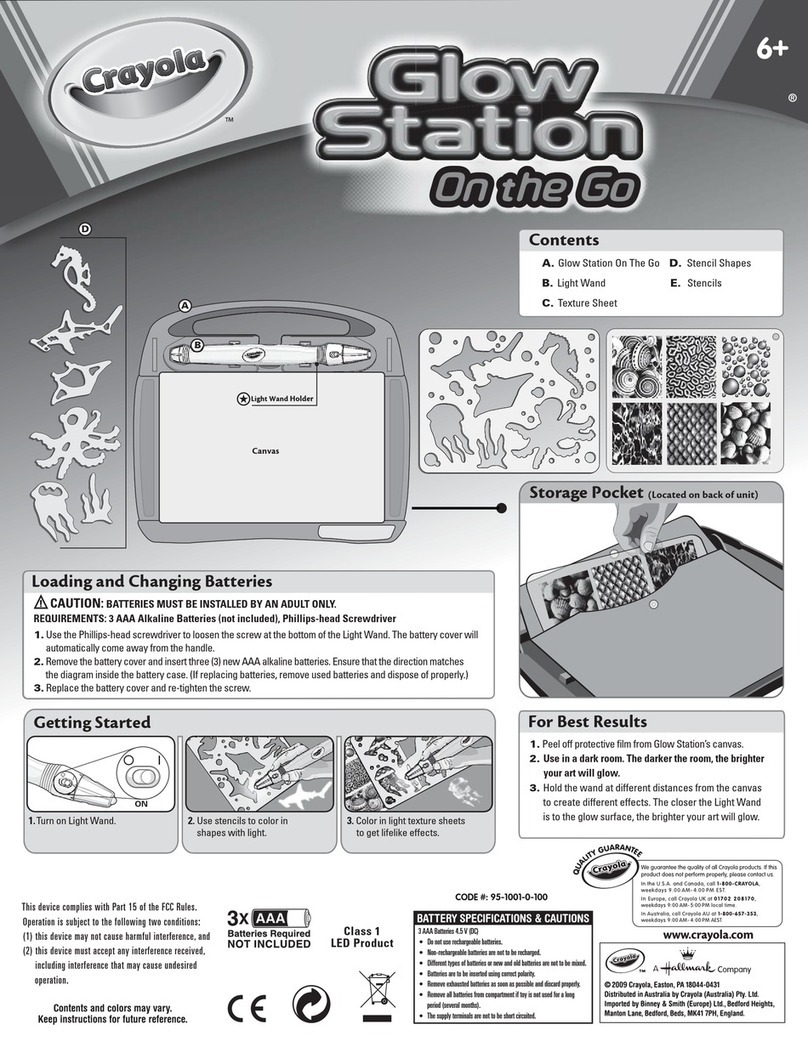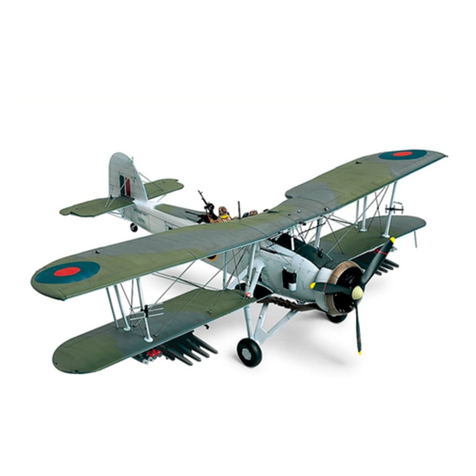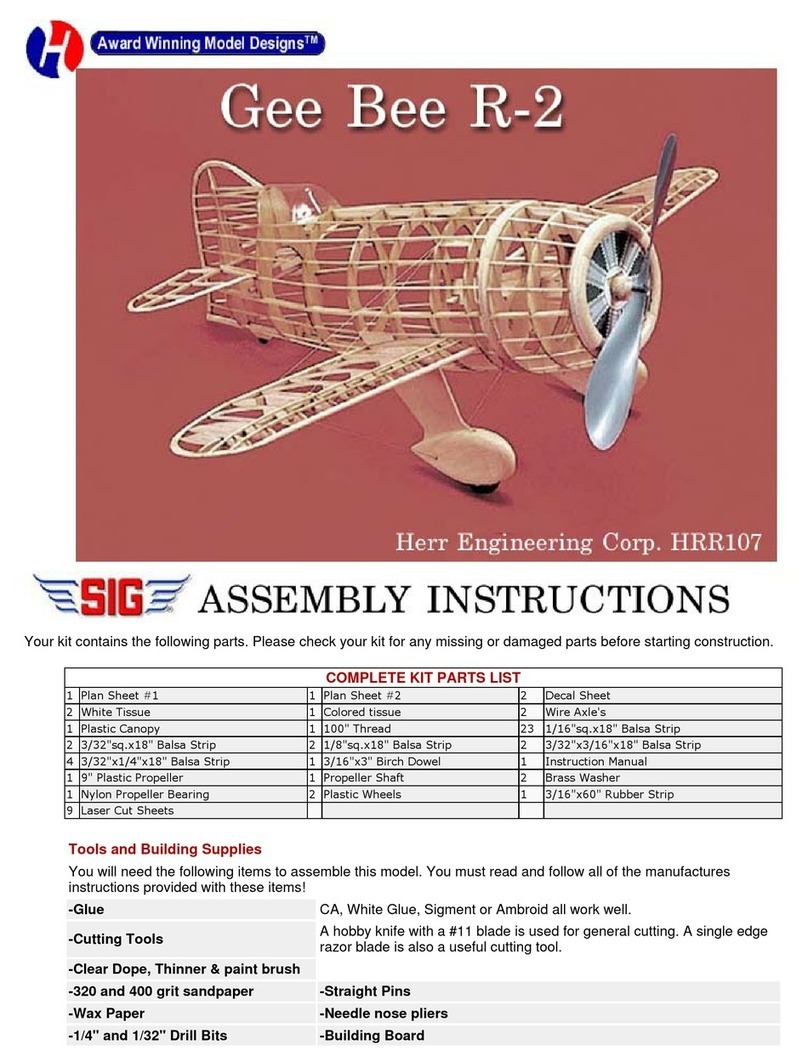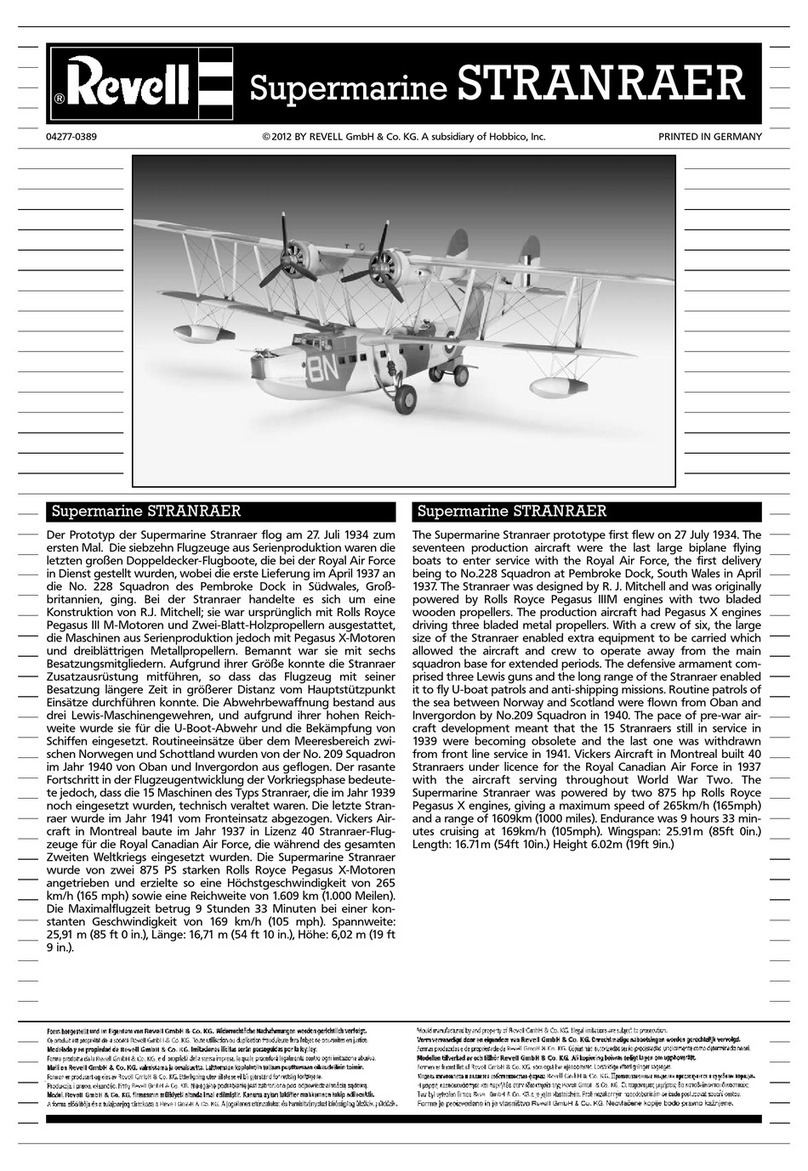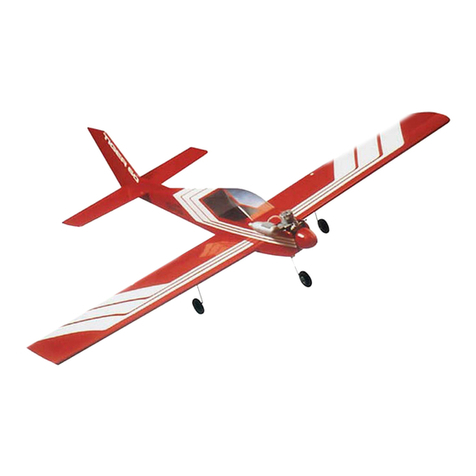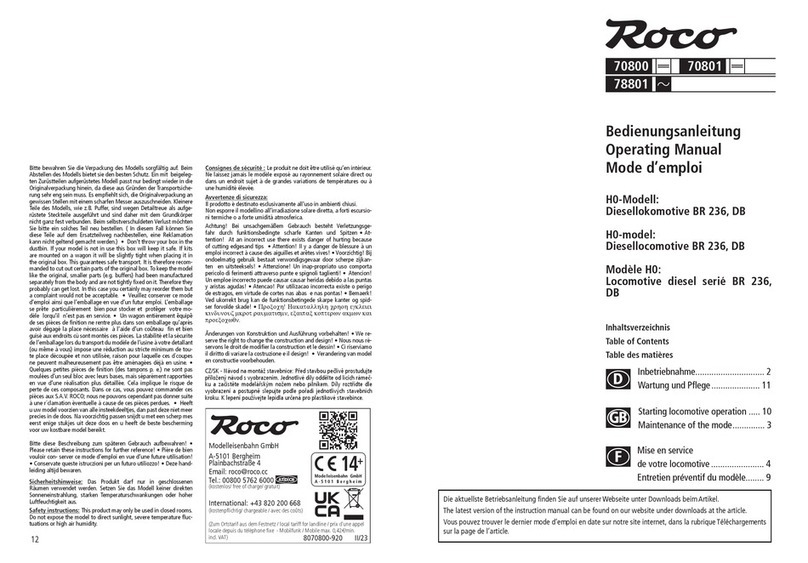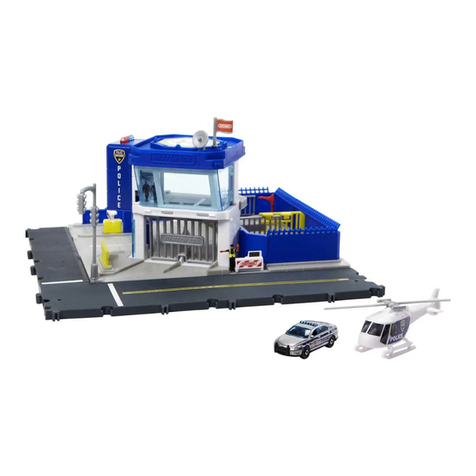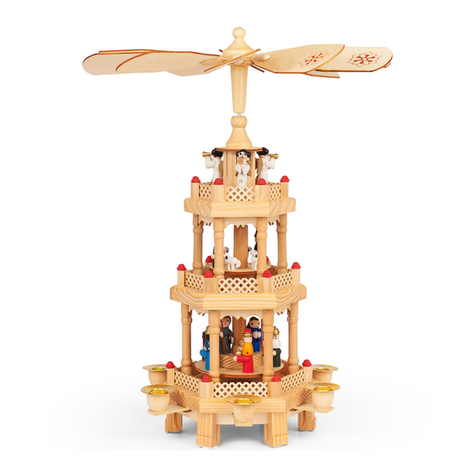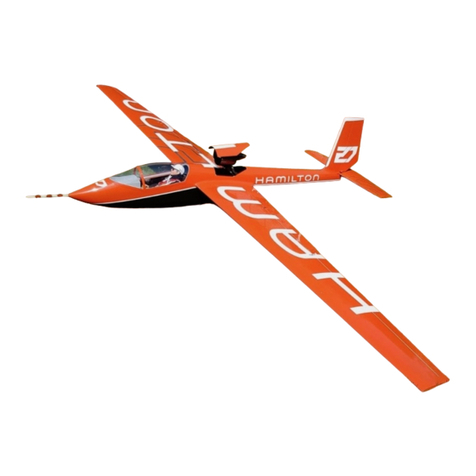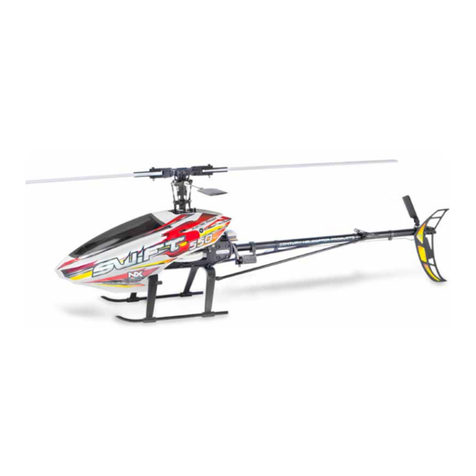De Agostini Model Space T-72 User manual


















Other manuals for Model Space T-72
9
Other De Agostini Toy manuals

De Agostini
De Agostini Millennium Falcon 3 Series User manual
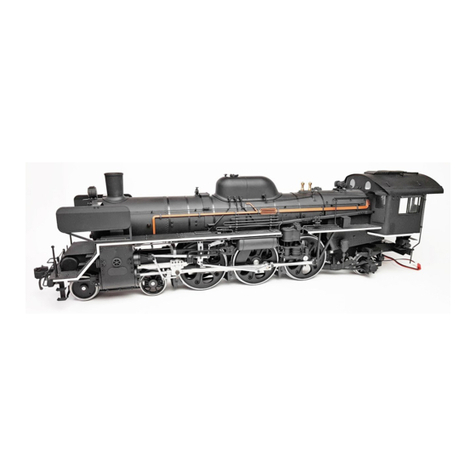
De Agostini
De Agostini Model Space C57 User manual
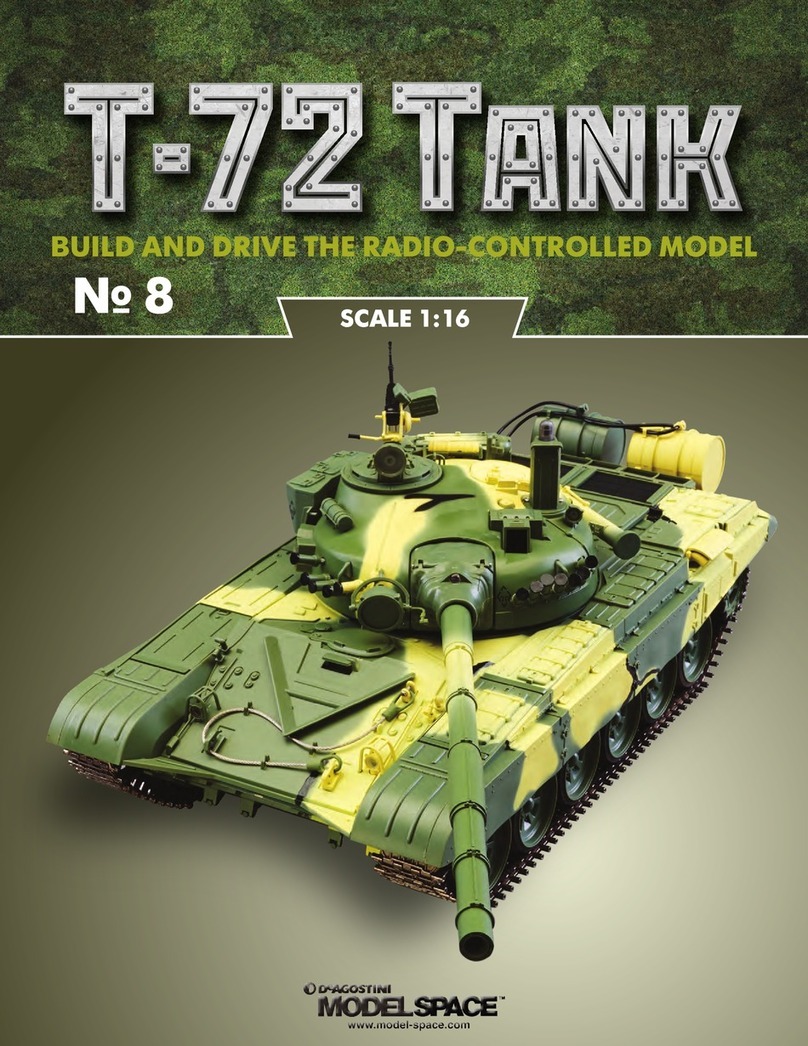
De Agostini
De Agostini Model Space T-72 User manual
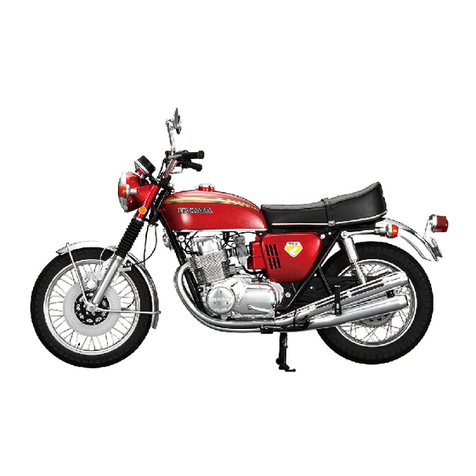
De Agostini
De Agostini MODEL SPACE Honda CB750 FOUR User manual

De Agostini
De Agostini MODEL SPACE SUZUKI GSX 1300R HAYABUSA User manual
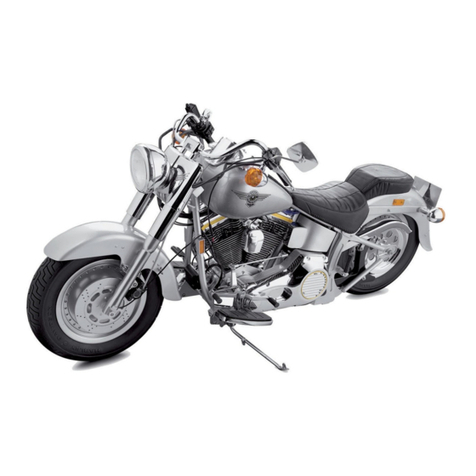
De Agostini
De Agostini Model Space Harley-Davidson FLSTF Fat Boy User manual

De Agostini
De Agostini Model Space C57 User manual

De Agostini
De Agostini Model Space C57 User manual

De Agostini
De Agostini Model Space D51 200 User manual

De Agostini
De Agostini Model Space C57 User manual

De Agostini
De Agostini MODEL SPACE Honda CB750 FOUR User manual

De Agostini
De Agostini Model Space T-72 User manual
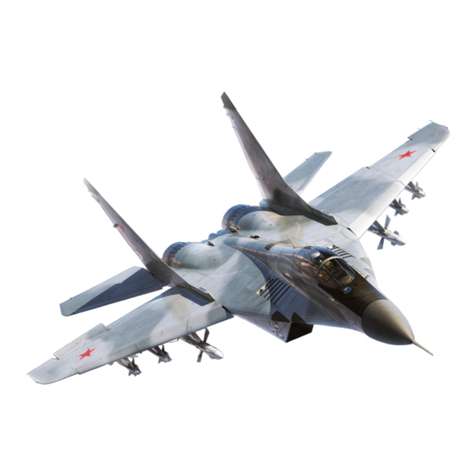
De Agostini
De Agostini Model Space MiG-29 User manual

De Agostini
De Agostini Model Space T-72 User manual

De Agostini
De Agostini Model Space MiG-29 User manual

De Agostini
De Agostini Model Space HUMMER H1 User manual

De Agostini
De Agostini Model Space T-72 User manual

De Agostini
De Agostini Model Space T-72 User manual
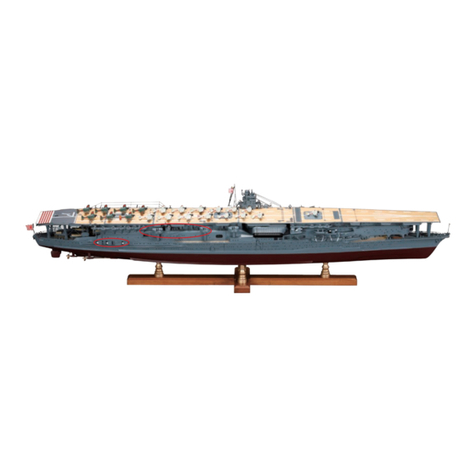
De Agostini
De Agostini Model Space IJN Akagi User manual

De Agostini
De Agostini Model Space MiG-29 User manual



